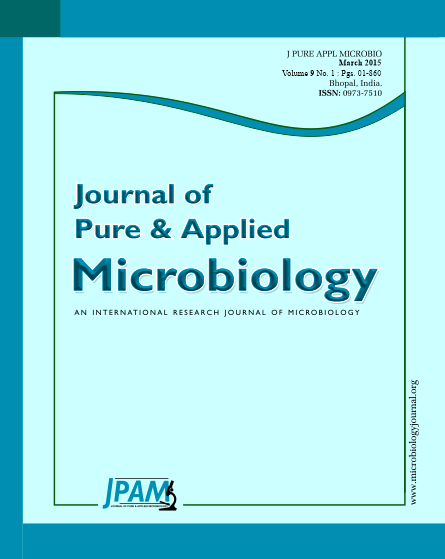Sixteen potential microbial agents consisting of seven bacterial isolates and nine Trichoderma isolates were used in study. Among studied 16 microbial culture isolates Bsp 3/aM, 2apa, Mys 21/a, Has1/c, T2, M5, M29 and M21 showed antagonism against Aspergillus flavus and Fusarium verticillioides and these isolates were positive for root colonization in maize seedlings. Rhizobacterial and Trichoderma sp. diversity was analyzed using sequence and molecular marker based analysis, which failed to group isolates based on antagonism, region of origin and root colonization. Interestingly, in ITS and ISSR diversity analysis two Trichoderma isolates T8 and M5 showed low diversity indicating them to be closely related isolates. The study highlighted use of diverse microbial agents showing antagonism and root colonizing potential which can be used in future for field applications and Screening microbial agents with molecular markers will prevent use of closely related isolates and enhance use of diverse and distinct isolates in biocontrol research.
Trichoderma, Rhizobacteria, Maize, Genetic diversity, Antagonism, Root colonization
© The Author(s) 2015. Open Access. This article is distributed under the terms of the Creative Commons Attribution 4.0 International License which permits unrestricted use, sharing, distribution, and reproduction in any medium, provided you give appropriate credit to the original author(s) and the source, provide a link to the Creative Commons license, and indicate if changes were made.


